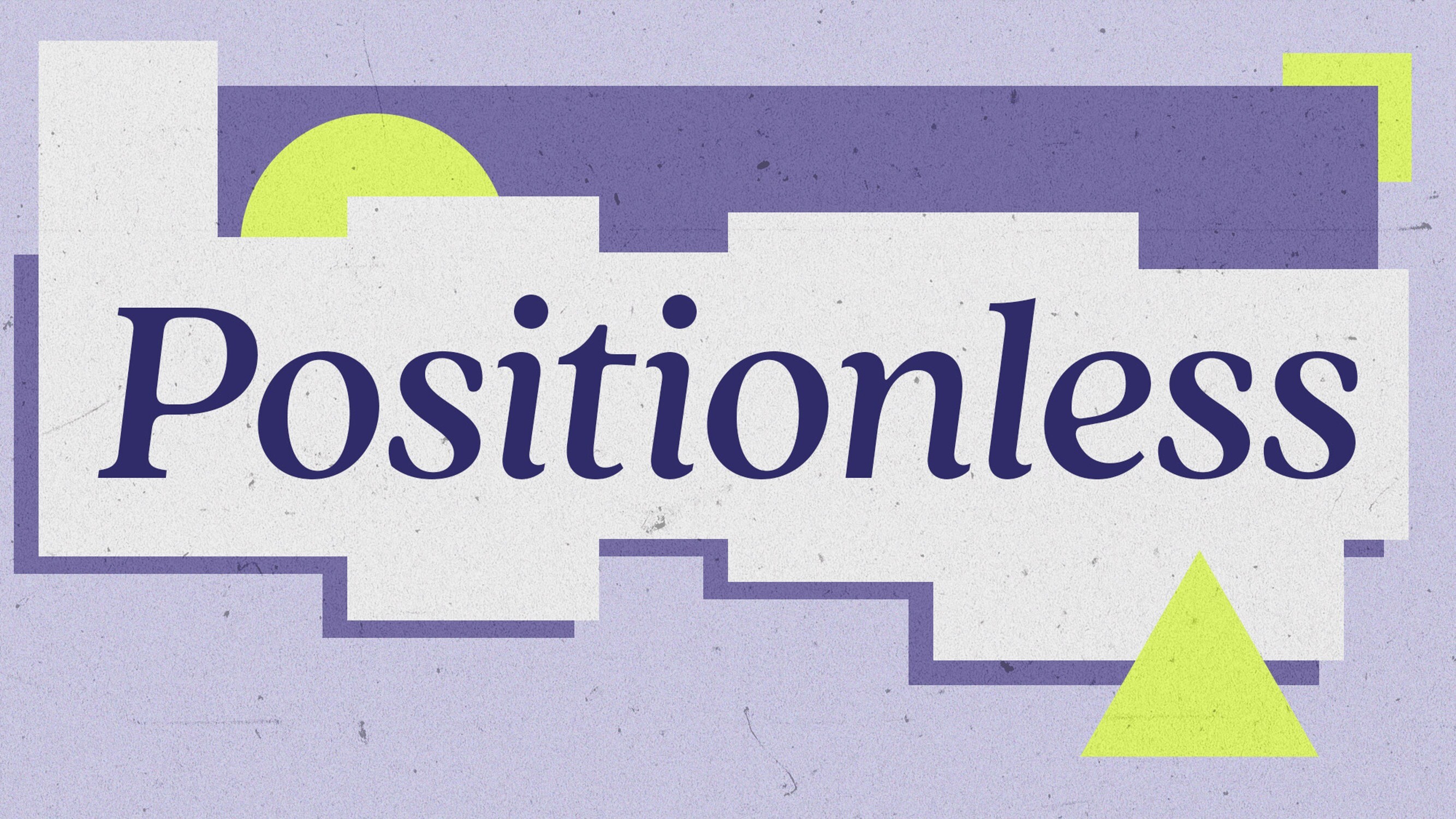
AI and the Retail Marketer’s Future
How AI transforms strategy and processes, driving the adoption of Positionless Marketing
Exclusive Forrester Report on AI in Marketing

This blog offers a practical playbook for sportsbook marketers to sustain engagement during the NFL season by cross-selling into other sports and casino, leveraging CRM, and orchestrating campaigns at scale.
The start of the NFL season drives huge acquisition spikes and fan excitement. But by mid-season, the challenge becomes retention. Bettors start to churn, engagement wanes, and operators risk losing share of wallet to competitors or to other forms of entertainment.
Mid-season is not a lull—it's an opportunity. The operators who understand how to personalize offers, prioritize campaigns, and cross-sell effectively will win market share, extend lifetime value, and avoid the mid-season slump.
Week 1 is a holiday for sportsbooks. Acquisition spikes, reactivations return, and engagement is electric. By mid-season, that initial momentum often fades. Some bettors drop off until the playoffs. Others reduce activity. The real opportunity is to turn the mid-season lull into mid-season growth by using NFL engagement as the anchor and cross-selling into other sports and casino where intent already exists.
This is where smarter orchestration, targeted personalization, and test-and-learn decisioning become decisive advantages.
The NFL season does not exist in isolation. By October and November, bettors have multiple sports to choose from. MLB Playoffs are in full swing. The NBA and College Basketball tip off. The NHL returns. Casino remains a steady engagement driver, especially during off days and between games. Operators who use NFL activity to deepen engagement across verticals outperform those who ride a single-season wave.
As our VP of Customer Success, Americas Sam Zerfoss noted on The Gambling Files podcast, the U.S. market is maturing. Operators are getting smarter about how they use AI decisioning, testing frameworks, and personalization to keep "fickle fans" engaged. Instead of over-relying on blunt promotions that drive short-term spikes, the leaders are orchestrating the right offers to the right bettors at the right time, across channels, sports, and products.
Tune into The Gambling Files podcast, featuring Sam, to hear more:
Media embed provider not supported
URL: https://open.spotify.com/embed/episode/6p48v729cZen3dAodvZtEa?utm_source=generator
Supported: YouTube, Spotify, Vimeo
Our Director of U.S. Sales Jeff Laniado adds that sportsbooks are largely commoditized from a bettor's perspective. If a bettor wants to wager on a game tonight, they often have multiple apps to choose from with similar odds. Differentiation comes from two places: superior product and user experience, and smarter CRM powered by segmentation, orchestration, and targeted offers. As an example, Jeff cited a major sportsbook operator crediting a 37% increase in handle per active user to smarter segmentation and more surgical promo targeting. That is the kind of uplift operators can unlock by focusing on CRM as a core growth lever, not just a support function.
Below are six different tactics to reduce churn:
Sam breaks personalization into four practical layers that top operators use now. Jeff reinforces that these layers are the difference between generic mass offers and measurable uplift.
Mid-season is when overlapping eligibility explodes. A single bettor might qualify for multiple offers based on balance, parlay results, team affinity, tenure, recency, or tier thresholds. Without orchestration, operators risk sending four or five campaigns to the same person in a day and creating fatigue.
Orchestration uses AI decisioning to prioritize the campaigns that create the highest incremental impact. Jeff emphasized that moving from static segmentation to orchestrated delivery is how operators create the kind of per-user gains cited above. It is the difference between sending everything and sending the right thing.
To know whether a campaign engages or annoys, Jeff recommends rigorous test vs. control measurement. Hold out a statistically valid control group, then measure true incrementality on the right KPI. Sometimes you will see uplift in NGR but not in GGR. Other times deposit frequency rises but average deposit declines. Pick the metric that matters for each campaign and let the data show where the line is between helpful and intrusive.
Jeff also recommends monitoring message frequency by player. Different players have different thresholds and different channel preferences. Some tolerate two emails a day. Others do better with mobile push and in-app messaging. Use data to tune frequency and channel mix to reduce fatigue while increasing conversion.
Sam highlighted a key moment in the calendar. Mid-October is a natural cross-sell inflection point because of overlapping seasons:
Use this window to test which adjacent sports each NFL bettor is most likely to engage with next. Run experiments at scale to identify the best path for each bettor, then deepen engagement over time with tailored offers.
Casino is the year-round cross-sell engine, but it must be introduced intelligently. AI can predict which casino experience each bettor is most likely to try first, rather than blasting a generic blackjack offer. Jeff points out that doing this manually is not feasible at scale. Machine learning makes it targeted and efficient, especially when the operator wants to introduce casino to NFL bettors during non-game windows.
Mobile is the primary device for betting. In Optimove research discussed on the podcast, 76% of bettors prefer to place bets on mobile. This should shape timing and channel strategy:
Knowing who prefers which platform reduces noise and increases conversion, especially in mid-season when attention is fragmented across sports.
Executing mid-season cross-sell across verticals, channels, offers, and creative at scale requires teams that can move without friction. This is where Positionless Marketing provides a structural advantage. It empowers every marketer to act independently across the full lifecycle so they can move from insight to execution in real time:
This is how operators keep pace with bettors through the middle of the season when execution speed and decision quality matter more than headline offers.
While blunt promotional strategies might drive short-term activity, the sophisticated approach outlined here delivers compounding returns. Operators implementing AI-driven orchestration and cross-selling typically see:
The example of 37% handle increase per active user demonstrates the scale of opportunity available to operators who prioritize intelligent CRM over volume-based marketing.
The middle of the NFL season is not a slump. It is a cross-sell moment. Operators who combine AI decisioning, segmentation, orchestration, experiment-led measurement, and creative incentives will sustain engagement and expand player value into adjacent sports and casino. As Sam Zerfoss emphasized, the market is maturing. As Jeff Laniado reinforced, the leaders are not just acquiring more. They are personalizing smarter, orchestrating better, measuring incrementality, and acting in real time.
That is how to convert Week 1 excitement into sustained growth through the Super Bowl and beyond.
For more insights on player churn, contact us to request a demo.
Exclusive Forrester Report on AI in Marketing
In this proprietary Forrester report, learn how global marketers use AI and Positionless Marketing to streamline workflows and increase relevance.


Rob Wyse is Senior Director of Communications at Optimove. As a communications consultant, he has been influential in changing public opinion and policy to drive market opportunity. Example issues he has worked on include climate change, healthcare reform, homeland security, cloud transformation, AI, and other timely issues.


